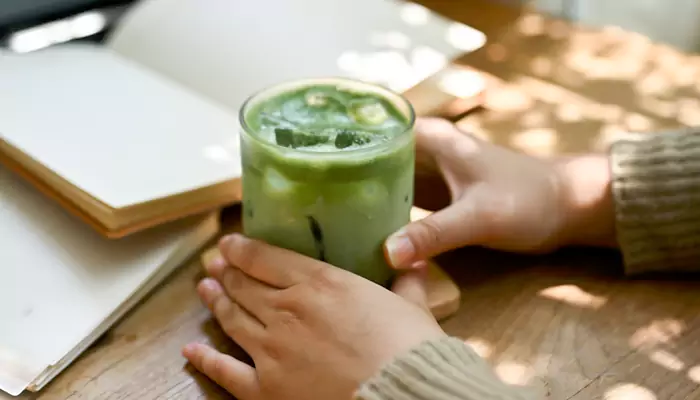Japan's Best Cities for Authentic and Delish Matcha
Matcha: Japan’s love letter to the world.
- Puja Sinha
- 31 August, 2024
- 2 mins ago

Japan's Best Cities for Authentic and Delish Matcha
Matcha: Japan’s love letter to the world.
The frothy, bright green beverage matcha was introduced to Japanese culture by Buddhist monks, and today it has evolved to become a pop culture drink, one that is indispensable to celebs, health gurus, professionals and hippies.
Why do people go so wild for matcha? Let’s spill the tea. First, there is the caffeine. Matcha is like the cool older cousin of green tea—packed with more caffeine but balanced out with L-theanine, an amino acid that gives you a buzz without the jitters. Think calm alertness, like being in the "zone" without the crash. Plus, matcha is rich in antioxidants, vitamins, and all those good-for-you nutrients. It is rich in umami, which lends much of its savouriness. It is like drinking a green superhero cape!
Ceremonial Grade
The crème de la crème of matcha, meant for drinking straight up, no sugar or milk needed. It’s made from the youngest, most tender leaves, which gives it a smooth, delicate flavour.
Premium Grade
A step-down but still pretty high quality. Good enough for sipping or for adding to your morning smoothie.
Culinary Grade
Don’t let the name fool you—this isn't low-grade stuff. It is a bit more robust and bitter, perfect for baking, lattes, or matcha-flavoured anything (think ice cream, cakes, and even matcha tacos—seriously!).
Japan’s Best Offering of Matcha:
Tokyo
The city is spilling with cafes and street-side stalls with matcha varieties albeit it does not own any production unit. Tokyo has a selective range of matcha delights, including but not limited to ice cream and snacks. You will stumble upon many traditional and heritage shops selling matcha that has been exported from the country’s most reputed and esteemed growing locations. There are many ceremonials on matcha and some even offer a queer blend of sipping matcha in the modern and traditional styles.
Kyoto, Uji
Uji is officially ‘the Town of Matcha,’ the uncontested matcha capital flocked by matcha aficionados. The city is renowned for producing the finest matcha powder that is often supplied to the aristocratic and royal households of Japan. Here, the leaves are not roasted in a hot oven, as if followed everywhere else, but rather roasted at low temperature which brings about a unique green colour and a smooth, creamy finish. If you are tasting matcha for the first time, certainly Uji is your place.
Nishio, Aichi
The historic region of Nishio is also the leading producer of matcha and contributes to more than half of the country’s production. What further enhances the appeal of this place is its pristine beauty and relative remoteness from the rest of the world. Located in the Aichi Prefecture, Nishio offers a picturesque backdrop against which you can sip some really good matcha!
Yame, Fukuoka
Nestled in the southern part of Fukuoka Prefecture, Yame matcha is known for its smooth, mellow taste with a hint of natural sweetness. This is ceremonial-grade matcha at its best—rich in umami, with a deep, vibrant green color that practically glows in your cup. The tea leaves here are shaded for longer periods than in other regions, which increases their chlorophyll content, giving the matcha its distinctive deep green hue and enhancing its flavour profile. The availability of Yame matcha is somewhat limited, as it’s produced in smaller quantities, making it a bit of tea connoisseurs’ treasure.
Kirishima, Kagoshima
Kirishima is a region that is practically bursting with volcanic energy. Many tea farmers in Kirishima use organic methods, which adds an extra layer of quality to their matcha. So, whether you’re whisking up a traditional bowl of usucha (thin tea) or koicha (thick tea), Kirishima matcha is a bold choice that brings a bit of volcanic magic to your teacup.










